TRI Fotonovela Slideshow - English
< Previous Next >
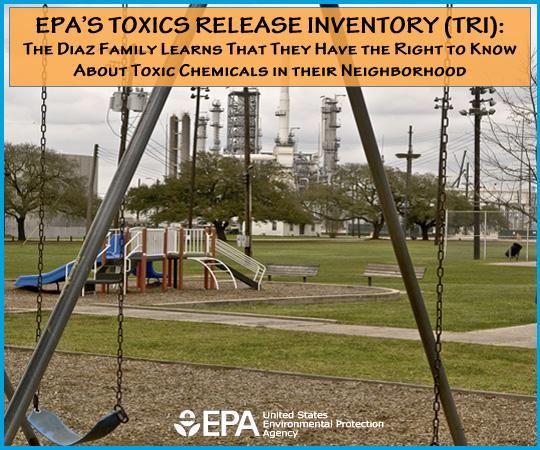

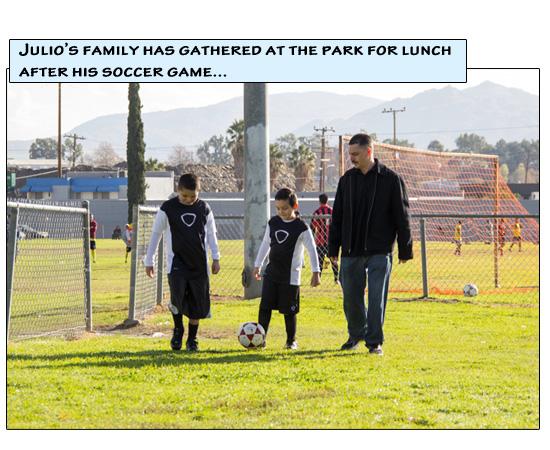

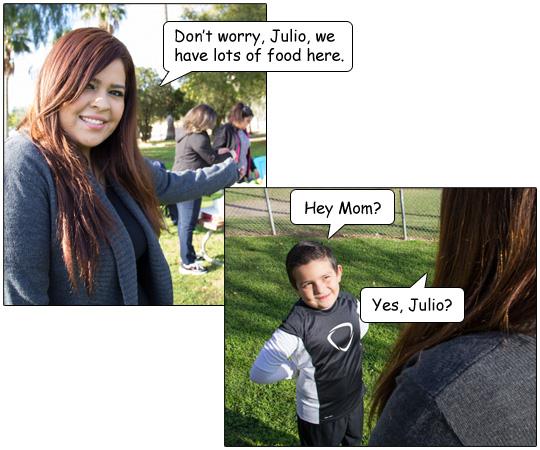
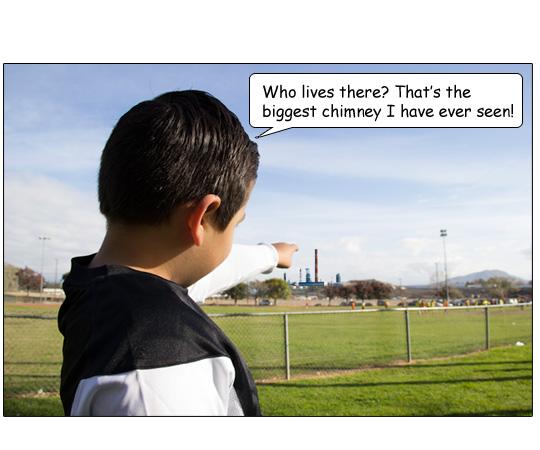
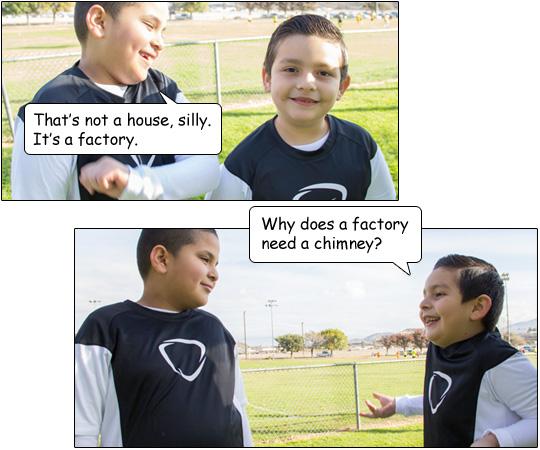
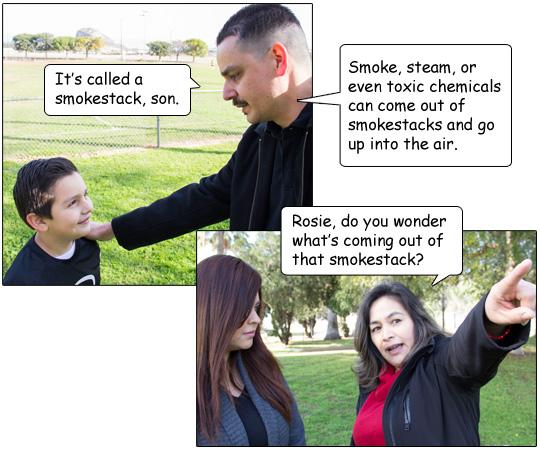
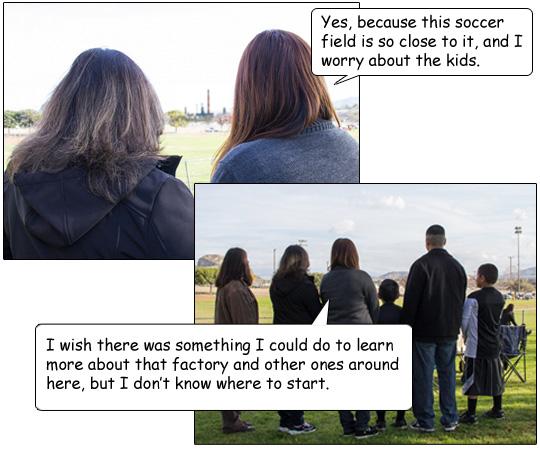
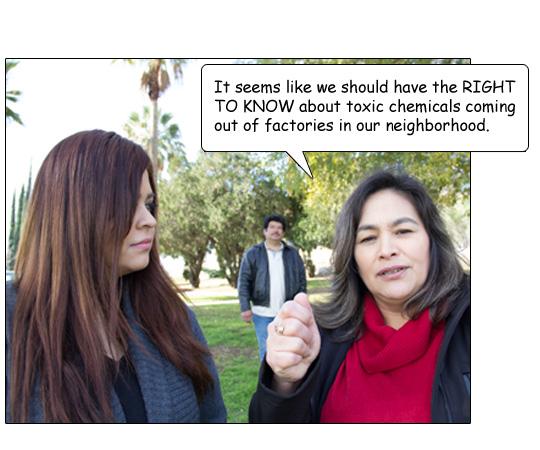
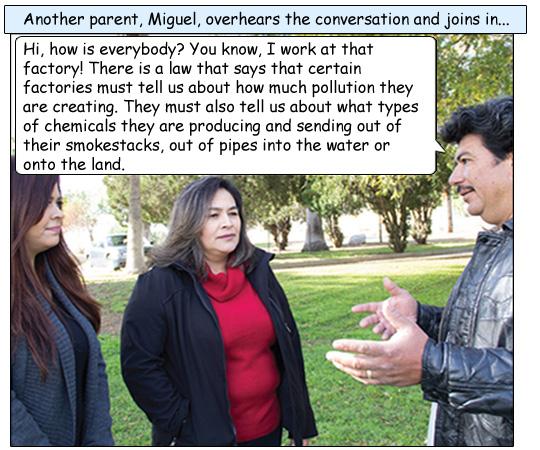
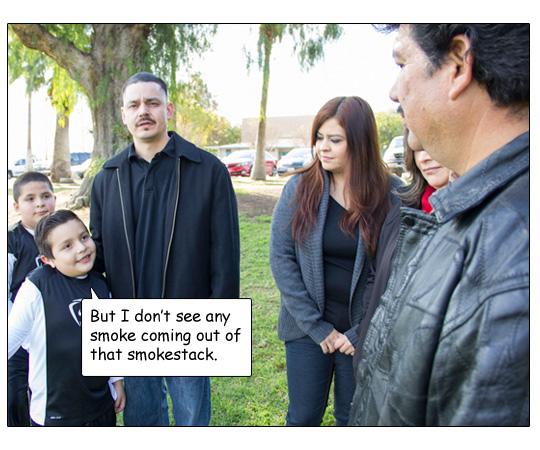
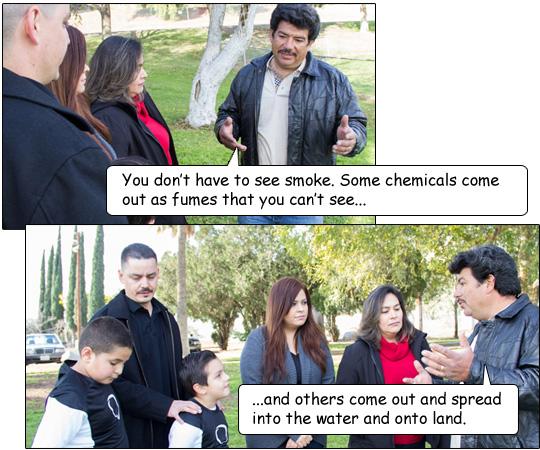
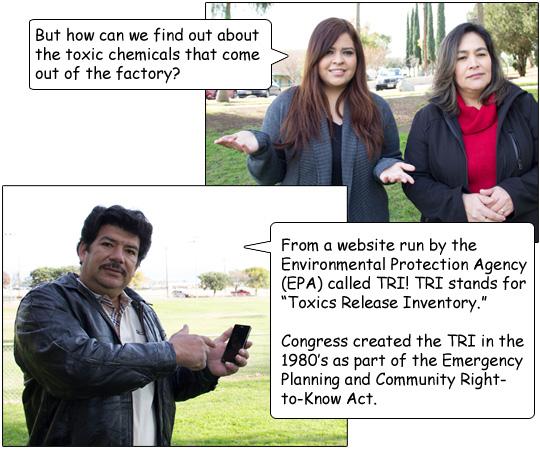
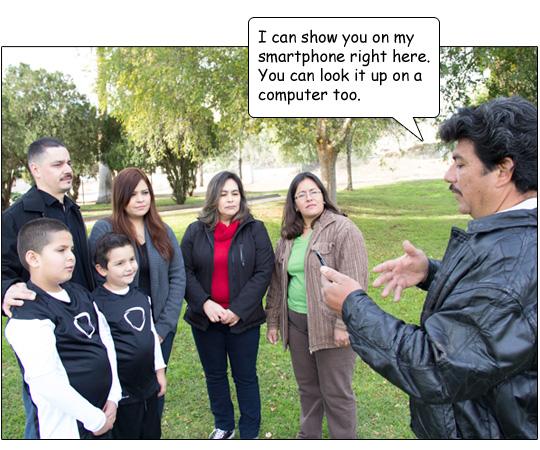
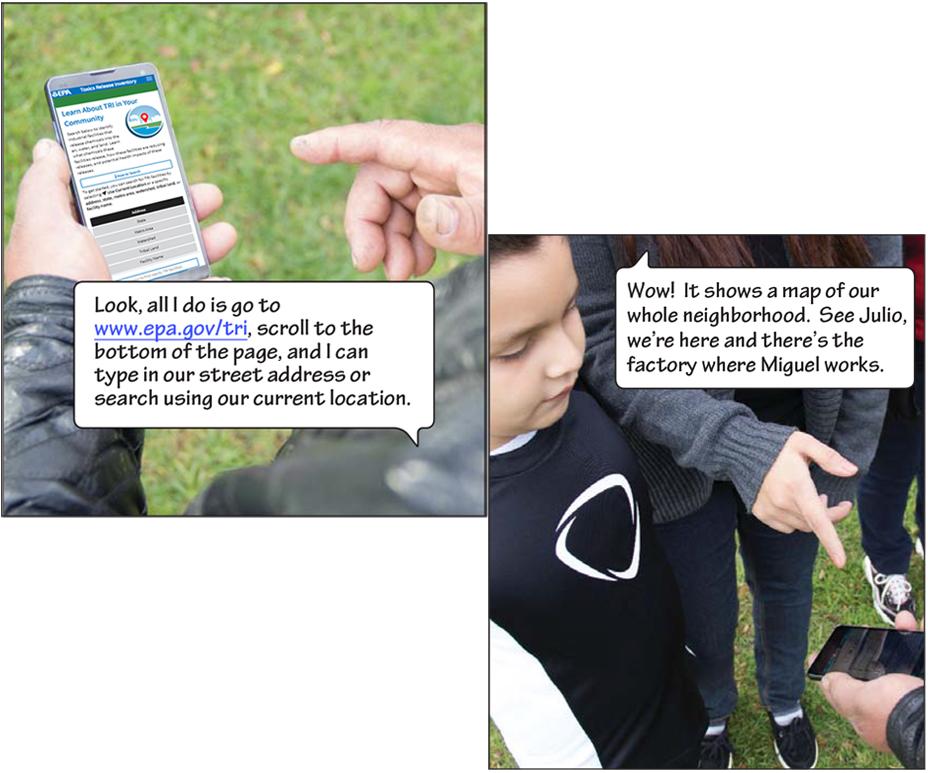
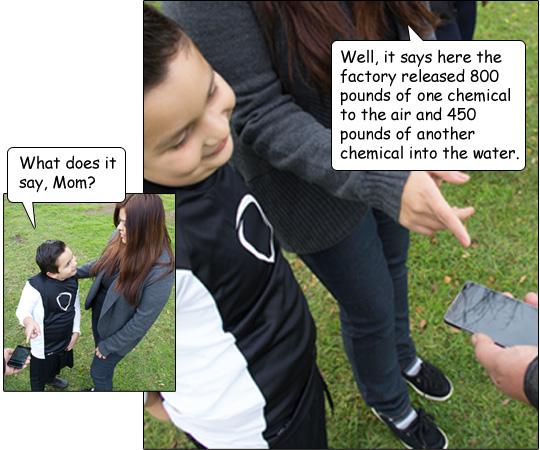
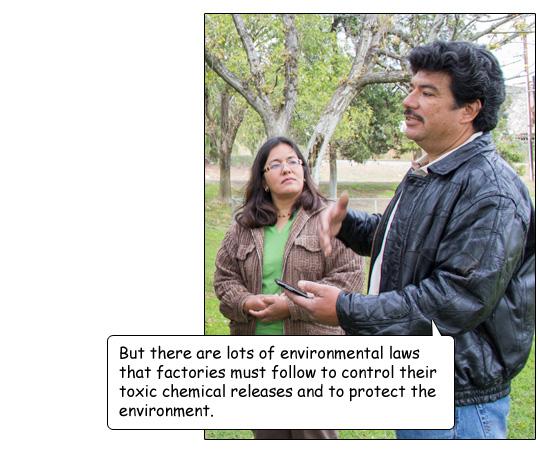
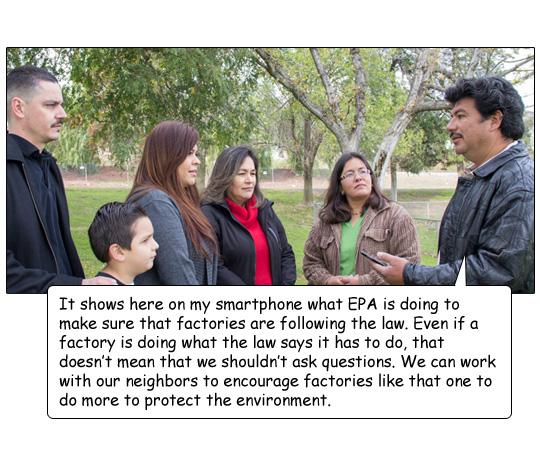
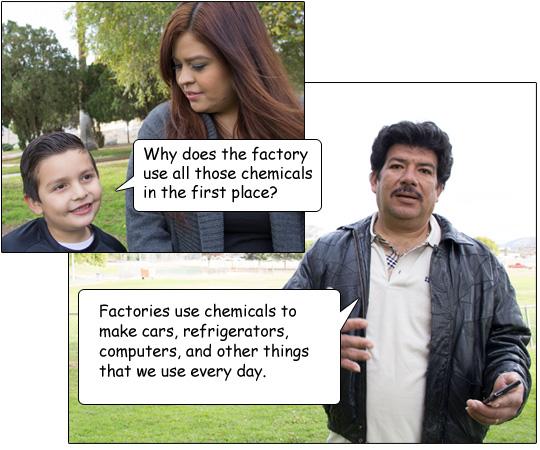







Slide 1 of 27

Slide 2 of 27

Slide 3 of 27

Slide 4 of 27

Slide 5 of 27

Slide 6 of 27

Slide 7 of 27

Slide 8 of 27

Slide 9 of 27

Slide 10 of 27

Slide 11 of 27

Slide 12 of 27

Slide 13 of 27

Slide 14 of 27

Slide 15 of 27

Slide 16 of 27

Slide 17 of 27

Slide 18 of 27

Slide 19 of 27

Slide 20 of 27

Slide 21 of 27

Slide 22 of 27

Slide 23 of 27

Slide 24 of 27

Slide 25 of 27

Slide 26 of 27
FOR MORE INFORMATION:
- Call the TRI Information Center: 800-424-9346 (Select menu option #3)
- Get general TRI Program information: www.epa.gov/tri
- Get TRI information for communities: www.epa.gov/tri/communities
- Contact your EPA regional TRI Coordinator: www.epa.gov/tri/tri-regional-coordinators
- Email TRI Program staff at EPA: tri.help@epa.gov
Use this link to report a suspected violation of environmental laws and regulations: https://echo.epa.gov/report-environmental-violations
Slide 27 of 27
